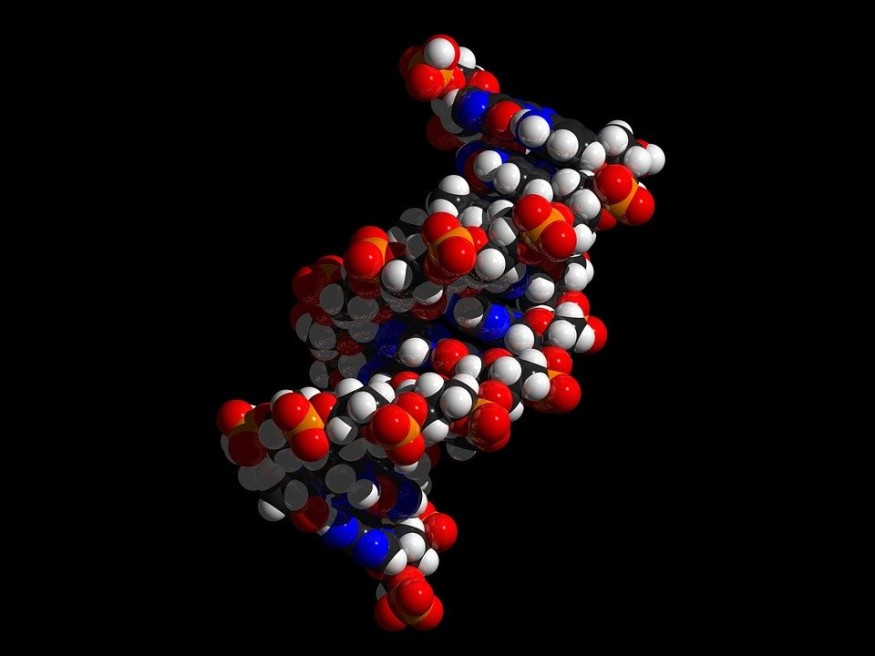
Using a computer-like system made from engineered DNA, researchers at the University of Rochester have used DNA to make a simple computer that calculates the roots of perfect squares up to 900. These calculations work by sequencing numbers up to about 1,000 onto a strand using binary-encoded markers, and the solutions light up using fluorescence.
Since 1994, biologists have proposed using genetic material for performing computations.
Published in Small, a study explains why the DNA computer is both unique and powerful. According to Chunlei Guo, a researcher who headed the study, earlier DNA computer models have been able to calculate square roots with up to 4-bit binary numbers.
The computer made from strands of DNA uses 32 strands of DNA to store and process information. This can calculate the square root of square numbers 1, 4, 9, 16, 25 and so on up to 900.
The computer uses a total of 32 strands of DNA -- chains of deoxyribonucleic acid that contain our genetic material -- to create a form of "biocomputer" able to store and process data.
Biocomputers are depicted as synthetic biochemical logic circuits and recent experiments have involved the creation of logic gates -- used in microprocessors and microcontrollers, among other systems -- to change into a logical output via DNA storage.
The research paper is entitled "Programmable DNA Nanoindicator‐Based Platform for Large‐Scale Square Root Logic Biocomputing" which said that previous DNA circuits have not been used to process complex mathematical operations. Most of these existing circuits were unable to calculate square root operations.
The computer is built through hybridization, a process where two strands of DNA join to form double-stranded DNA, and strand displacement reactions.
The idea is that the researchers encode a number onto the DNA using a combination of ten building blocks, with each combination representing a different number up to 900.
Researchers control hybridization in such a way that it changes the overall fluorescent signal so that it corresponds to the square root of the original number.
According to Chunlei Guo, DNA computing is in its early stage but holds great promises for solving problems that are too difficult or even impossible to handle by current silicon-based computers.
The custom DNA strands in the computer are designed to connect with more custom DNA strands that serve as the input and then fluoresce with a combination of up to five different wavelengths of light.
Calculating square roots of perfect squares, meaning the integers that have integer square roots, is difficult but doable with mechanical circuitry and logic gates. The computer works for squares up to 900, although there is a perfect square at 961, and 1024 itself is a perfect square.
The computer holds great potential for solving problems that are too difficult to handle by silicon-based computers.
The research team consists of Chunyang Zhou, Hongmei Geng, Pengfei Wang, and Chunlei Guo.
The DNA strands undergo strand displacement -- a process proposed in molecular computing to eradicate interference or noise in DNA devices -- and their input signals are colored using fluorescence.
Storing and processing information uses three modules, starting with encoding a number on the DNA. Next, each combination is attached to a fluorescent marker, which changes the signal during hybridization in the second module. Then, calculating the square root controls the signals, with the results deduced from the final color according to a threshold set in the third module.
RELATED ARTICLE: DNA Fossils Found of Dreadful Human Diseases Originating in Birds
© 2025 NatureWorldNews.com All rights reserved. Do not reproduce without permission.





